Mining Dump Trucks vs. the uTrans Complex: A New Era of Heavy Logistics
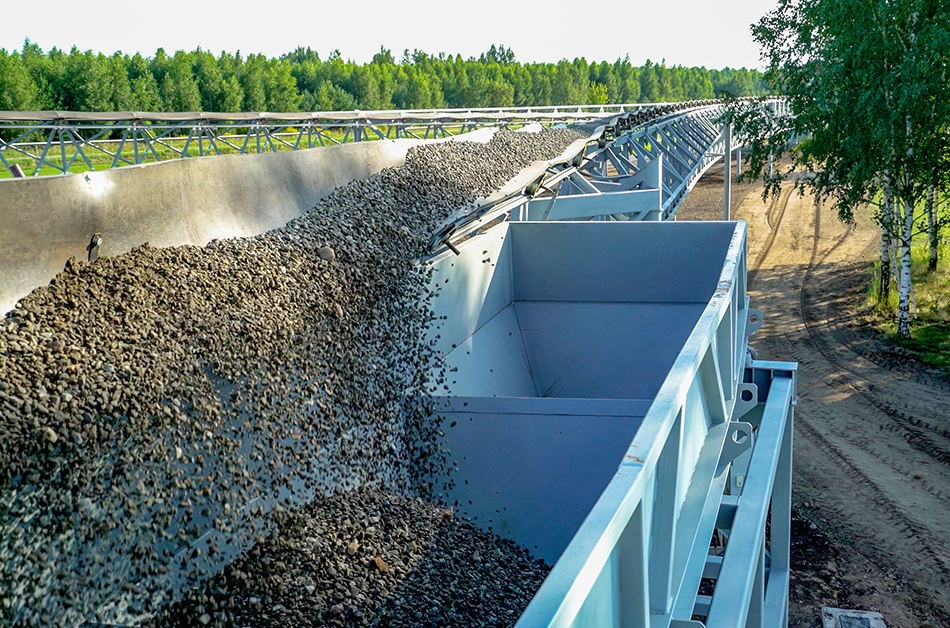
For decades, the mining dump truck was considered a symbol of the industrial age. These giant machines, capable of hauling hundreds of tons of ore or overburden, embodied the progress and power of heavy industry. But today, such equipment is increasingly seen as a technological relic. In a world where industrial efficiency now depends on automation, digitalization, and ease of maintenance, bulky dump trucks are losing ground to lighter and smarter cargo transport systems — such as uTrans, based on uST technology.
An Inefficient Giant
A modern mining dump truck is a technically complex product that requires tens of tons of steel, high-tech components like transmissions and engines, and special operating conditions. The production of these machines is costly and highly individualized. Their use is limited by high fuel, maintenance, and infrastructure costs, since roads for heavy haulers need constant backfilling, leveling, and repair.
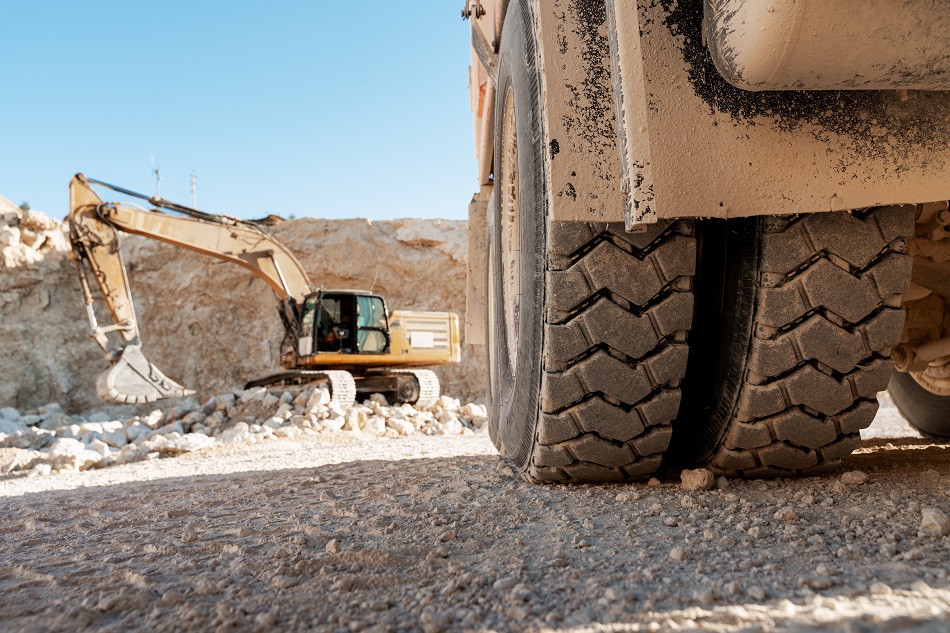
Meanwhile, the efficiency of dump trucks is far from ideal. Even when hauling 300–400 tons of cargo, the engine efficiency rarely exceeds 35%, and the weight of the truck itself is often comparable to the mass of the material being transported. In other words, almost half of all the power generated is spent not on moving useful payload, but on moving the vehicle itself.
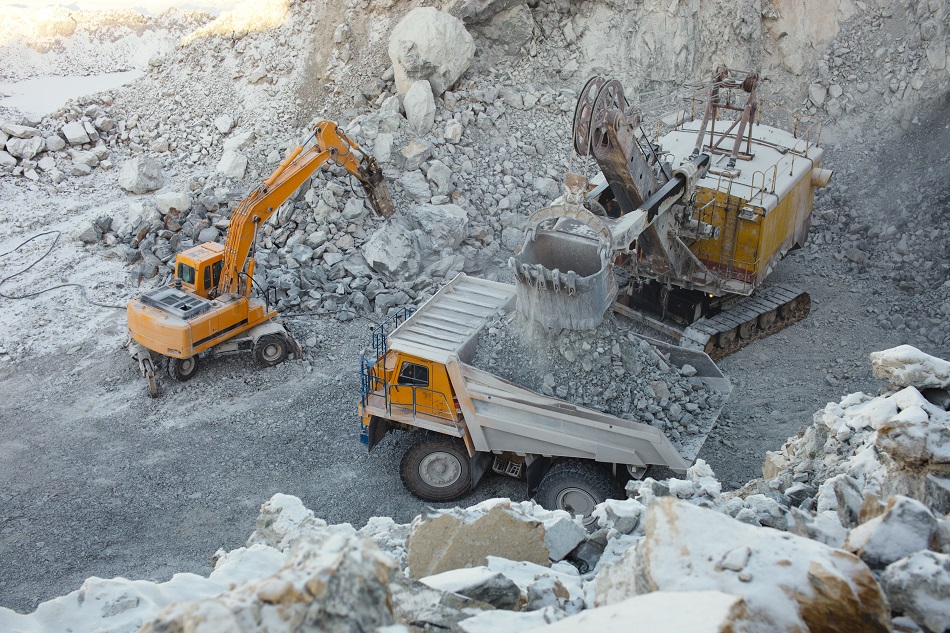
Moreover, any malfunction — whether it’s a brake system failure, hydraulic breakdown, or tire blowout — results in downtime that is extremely costly. In the context of a continuous industrial cycle, this becomes a critical factor.
Easy Delivery of Heavy Cargoes
uTrans is an overground automated transport system featuring continuous loop motion, designed for transporting bulk materials without intermediate transshipment. The technology provides throughput of up to 100 million tons per year and operates 24/7.
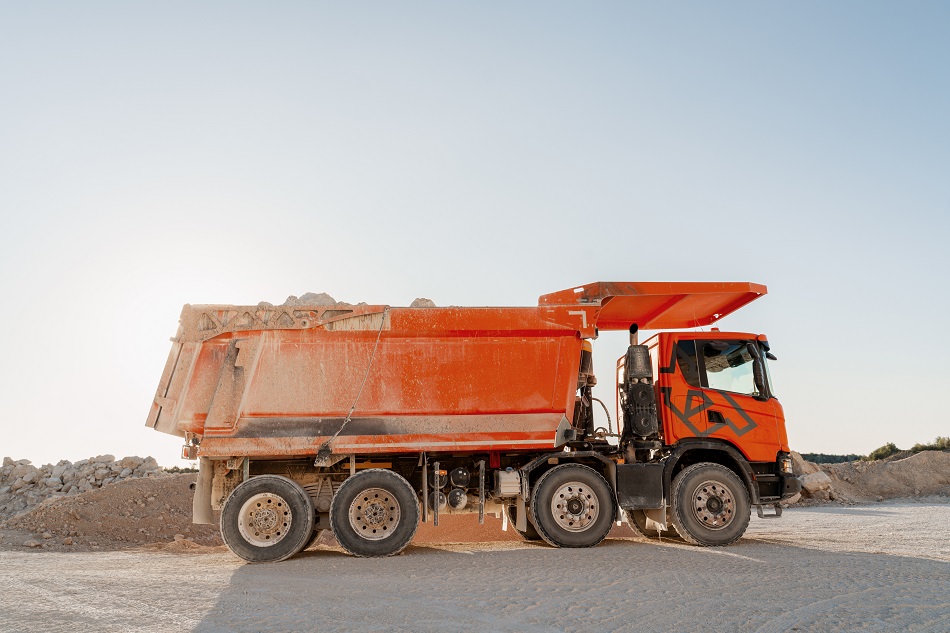
Instead of traditional half-hour hauling cycles — “mine – crusher – turnaround” — the result is a continuously operating system. Loading and unloading take place on the move, using a conveyor-like principle, but faster, more efficient, and safer.
uTrans is a multi-wheel vehicle that moves along a string rail overpass. The core of the system is a steel rail with tensioned structural elements inside. This design uses a minimal amount of concrete and steel, making the structure lightweight yet capable of handling heavy freight efficiently.

Such an approach eliminates the need to build haul roads or create embankments for heavy machinery. uTrans transports cargo several meters above ground, with minimal rolling resistance and without energy losses from tire friction. An intelligent control system enables continuous conveyor-style delivery of ore, coal, crushed stone, or other raw materials from the mining site to the processing facility.
Comparison of the Two Transport Solutions
| Parameter | Mining Dump Truck | uTrans |
| Energy consumption | Internal combustion engine, 1,000–4,000 hp, efficiency ≤ 35% | Electric motor, energy consumption 0.01 kWh/t·km — an order of magnitude lower |
| Infrastructure | Requires haul roads, embankment building, and road maintenance | Minimal land footprint: 3 × 1 m supports, track elevated above ground |
| Reliability | One dump truck = single point of failure | Hundreds of independent modules on a single line |
| Personnel | Dozens of drivers and mechanics required | Full automation |
| Ecology | Emissions and road dust | No emissions, no material dusting |
| Terrain | Limited by gradients | Climbing capability up to 50% |
To operate a single 10-kilometer hauling route with a 15-million-ton annual capacity using dump trucks, even the most conservative estimates indicate the need for 50 four-axle trucks, 150 drivers, and 3 million liters of fuel per year. Operating costs for uTrans allow the same performance at 7–10 times lower expense.
Economics and Ecology of Efficiency
Unlike dump trucks, string rail transport requires no drivers, fuel, or regular suspension replacement. From a capital investment perspective, constructing a uST line is cheaper than building a network of mine haul roads, especially in complex geological or climatic conditions (mountainous terrain, sand, tundra, wetlands). Operating costs are also reduced several-fold.

In addition, the system’s modular design allows easy route adjustments or capacity expansion without dismantling existing infrastructure, which is enough to extend the track or increase the number of autonomous cargo modules.
It is worth noting that this technology has already been tested, refined, and brought to serial-production readiness. A pilot section of the uTrans complex was built in 2018 and is successfully operating at the EcoTechnoPark of UST Inc. in Maryina Gorka (Belarus). The system is designed for hauling granite crushed stone. The line length is 435 meters, and the planned annual throughput is 2 million tons.
A New Transport Solution
String rail lines show particular advantages on long-distance routes, where conventional mining haulage becomes inefficient. uTrans can continuously move cargo over tens of kilometers, including across rough terrain, maintaining a steady transport flow with minimal energy consumption.

The shift from mining dump trucks to string transport systems is not merely a matter of convenience or time savings. It is a strategic direction for heavy industry development, capable of reducing the cost of mineral extraction and processing, improving environmental performance, and enhancing operational safety.
uTrans is not simply a replacement for a dump truck — it is a new transportation paradigm, where cargo moves faster, lighter, and safer, and delivery becomes an integral part of the intelligent infrastructure of the future.
More news

News
15 August 2022
Unitsky String Technologies Inc. Present Updated Market Positioning
UST Inc. has published a document with updated market positioning. It contains key information about the company, describes the principle of operation and capabilities of transport and infrastructure complexes, compares with competitors, indicates the cost of construction and the timing of projects.

Interviews
11 November 2022
Every Detail Is Important: Who Creates the Documents for the Operation of uST Transport?
The Technical Documentation Design Office develops documents for the operation of uST Transport and Infrastructure Complexes. They help to use transport safely and efficiently and speed up the certification process. How is the work of the Design Office built? Find out in the article about this division of Unitsky String Technologies Inc.
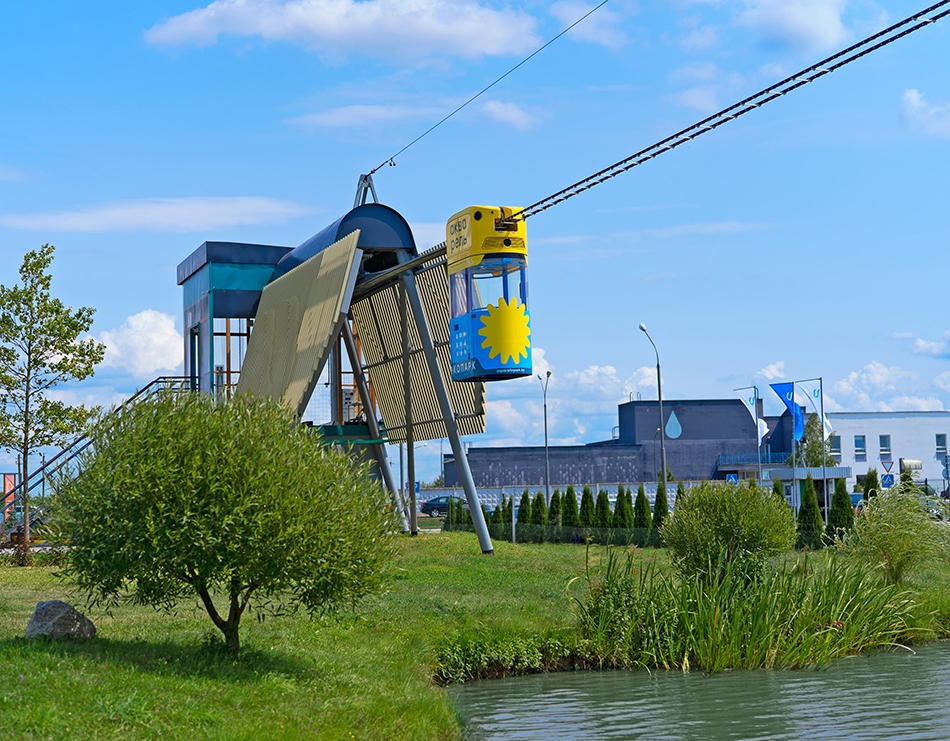
uLite
6 August 2024
From idea to implementation: UST Inc. presents a film about the creation of the uLite Complex
What was the starting point of uLite? What did UST Inc.’s specialists focus on when developing it? How was the construction process carried out?

